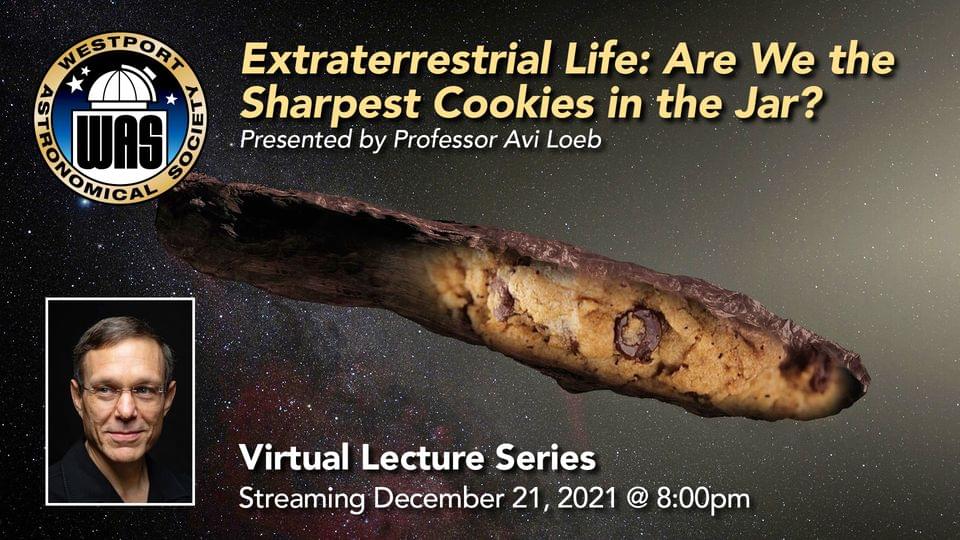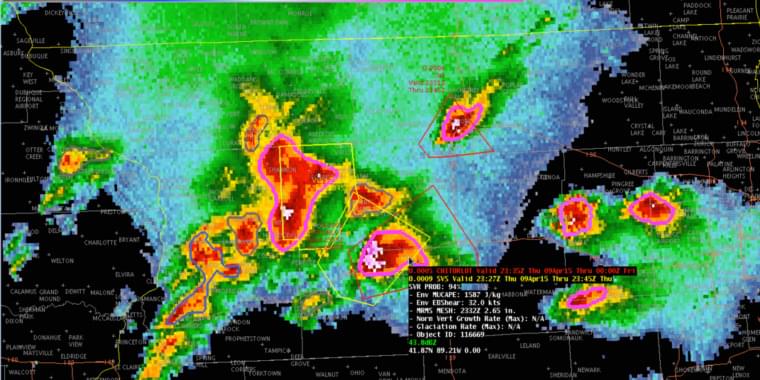After evaluating more than 12,000 applications, we’ll introduce our 2021 astronaut candidates live at a ceremony at Ellington Field near NASA’s Johnson Space Center in Houston.
After completing training, these women and men could be eligible for a variety of flight assignments including missions on and around the Moon under Artemis.
The astronaut candidates will join NASA Administrator Bill Nelson, NASA Deputy Administrator Pam Melroy, Johnson Center Director Vanessa Wyche, and Flight Operations Director Norm Knight on stage at the event.
More info: https://www.nasa.gov/press-release/nasa-to-announce-america-…candidates






